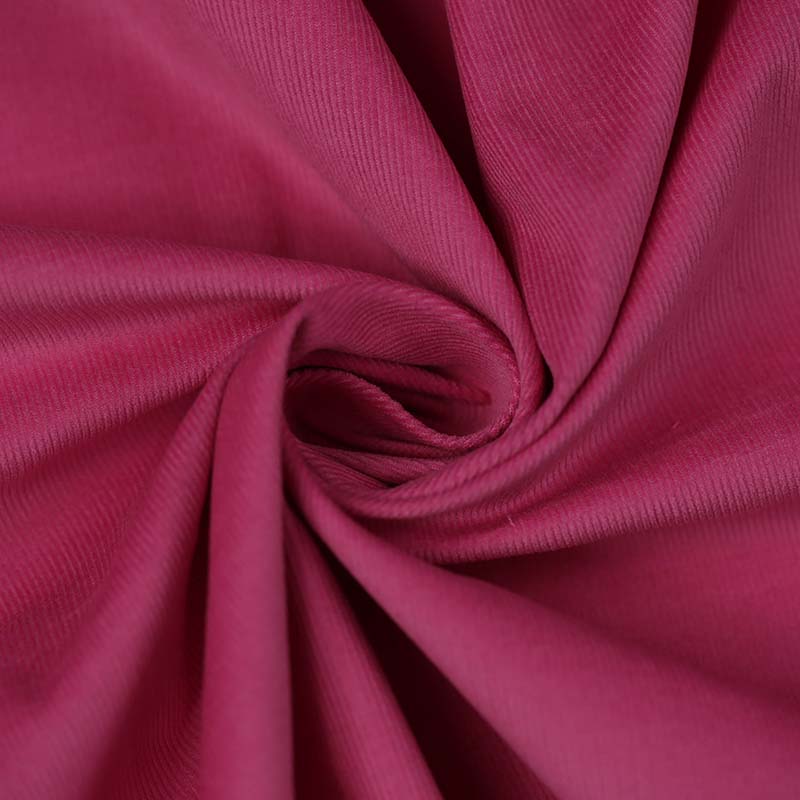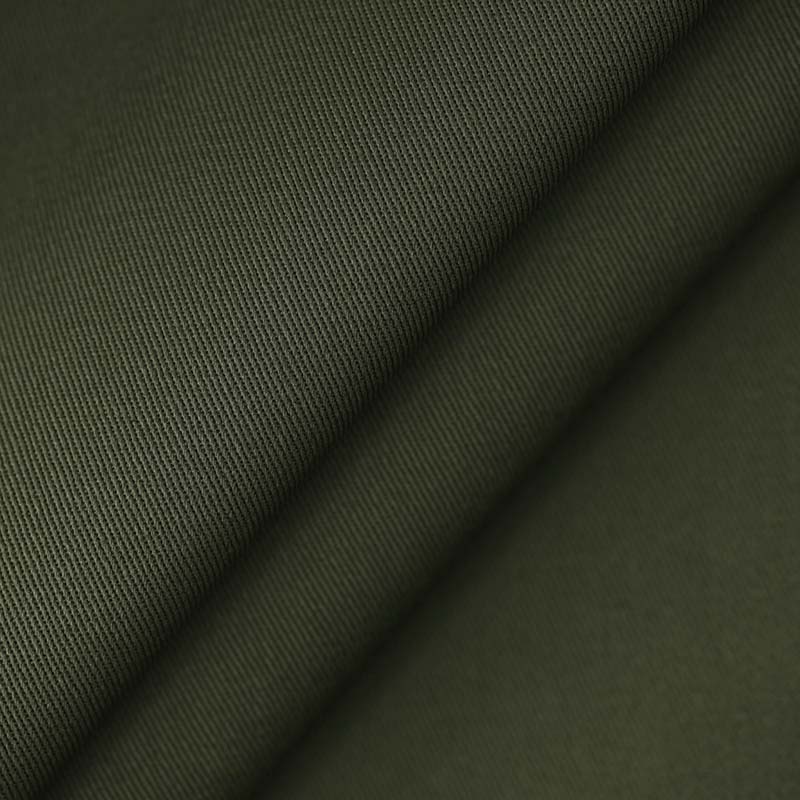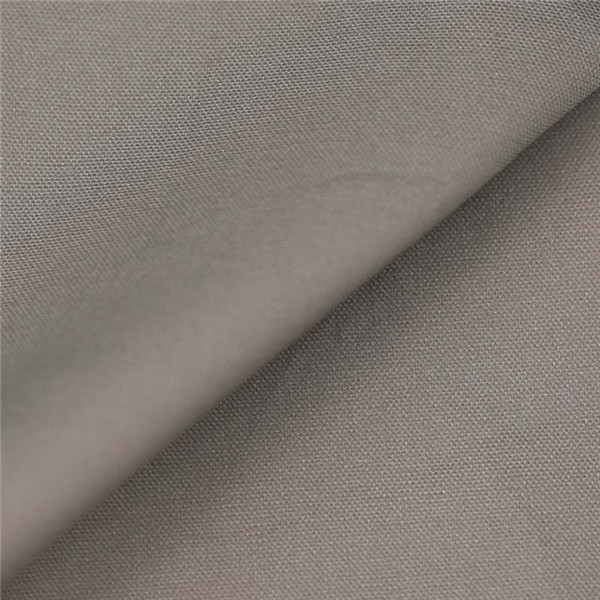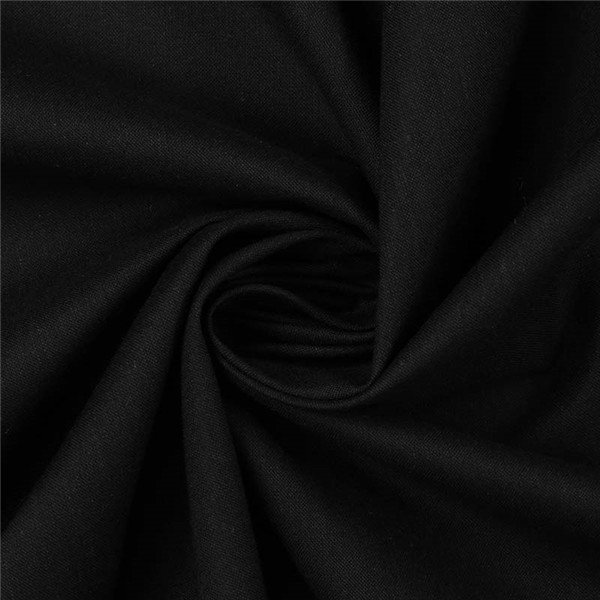Professional Design 14 Wale Corduroy Fabric - 98% cotton 2%elastane 21W corduroy with elastane fabric 44*134/16*20+20+70D for garments,kids garment, bags and hats, coat, pants – Xiang Kuan
Professional Design 14 Wale Corduroy Fabric - 98% cotton 2%elastane 21W corduroy with elastane fabric 44*134/16*20+20+70D for garments,kids garment, bags and hats, coat, pants – Xiang Kuan Detail:
| Art No. | MDT06055Z |
| Composition | 98%Cotton2%Elastane |
| Yarn Count | 16*20+20+70D |
| Density | 44*134 |
| Full Width | 57/58″ |
| Weave | 21W Corduroy |
| Weight | g/㎡ |
| Fabric Characteristics | High strength,soft, stretch, texture ,fashion |
| Available Color | Khaki, etc. |
| Finish | Regular |
| Width Instruction | Edge-to-edge |
| Density Instruction | Finished Fabric Density |
| Delivery Port | Any port in China |
| Sample Swatches | Available |
| Packing | Rolls, fabrics length less than 30 yards are not acceptable. |
| Min order quantity | 5000 meter per color,5000 meter per order |
| Production Time | 25-30days |
| Supply Ability | 300,000 meters per month |
| End Use | Coat, Pants, Outdoor Garments, etc. |
| Payment Terms | T/T in advance, LC at sight. |
| Shipment Terms | FOB, CRF and CIF, etc. |
Fabric Inspection:
This fabric can meet GB/T standard, ISO standard, JIS standard, US standard. All the fabrics will be 100 percent inspected before shipment according to American four point system standard.
How is corduroy fabric used?
In the past, garment manufacturers used corduroy to make everything from workwear and soldier’s uniforms to hats and upholstery. This fabric isn’t as popular as it used to be, however, so the applications of corduroy have slimmed down somewhat.
These days, garment manufacturers primarily use corduroy to make overalls (also known as dungarees), pants, and jackets. Corduroy trousers have lost the cult-like popularity they enjoyed in the 1970s, but pants made out of this material can’t seem to quite go out of style.
Outside the realm of apparel, furniture and accessory makers also use corduroy to make chair and couch coverings as well as decorative cushions. Starting in the 1910s, the first automobiles on the market featured corduroy upholstery, but more durable weaves soon replaced this fabric. Don’t expect to find corduroy on the seats of any modern cars, but don’t be surprised if you come across this ridged fabric on the surface of your friends couch.
Product detail pictures:
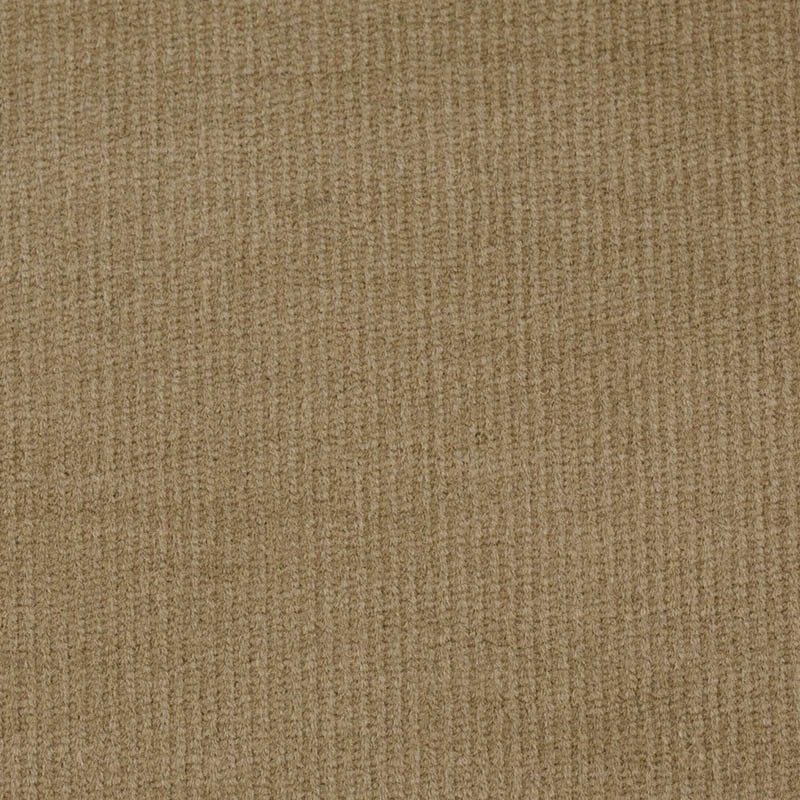
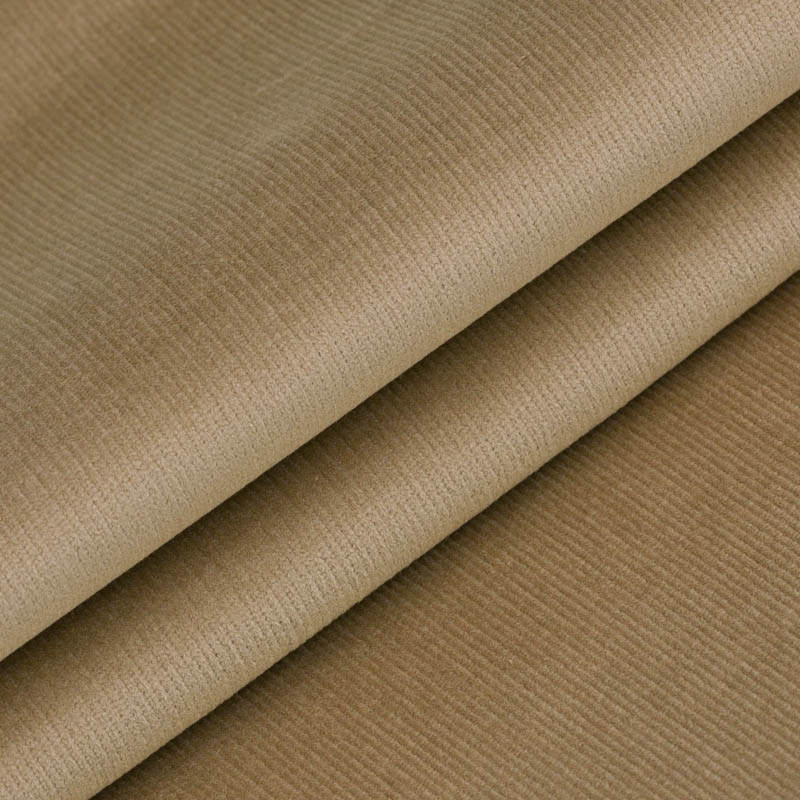

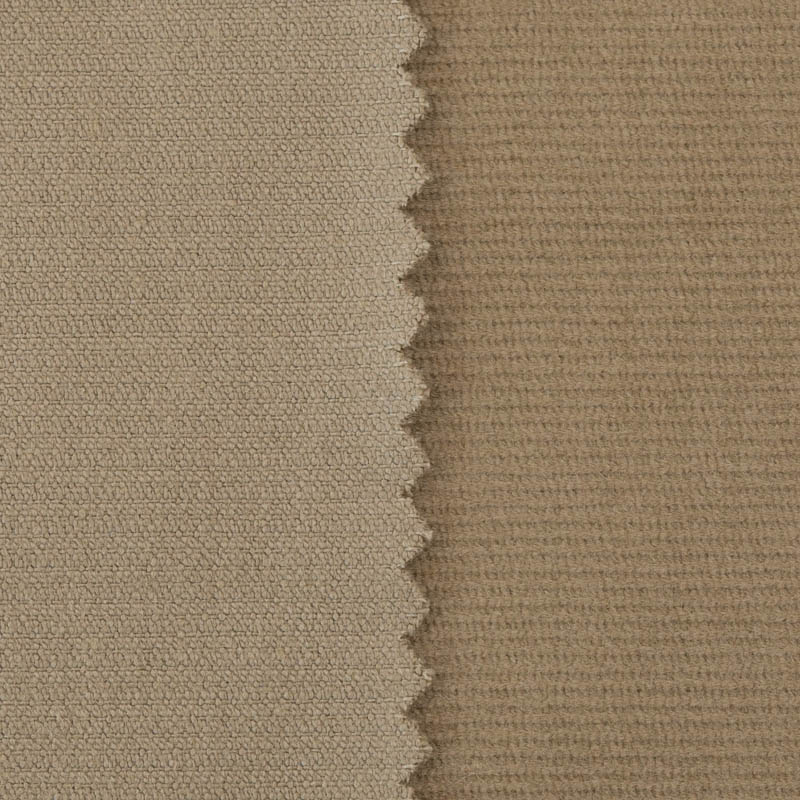
Related Product Guide:
Quality First,and Customer Supreme is our guideline to provide the best service to our customers.Nowadays, we are trying our best to become one of the best exporters in our field to meet customers more need for Professional Design 14 Wale Corduroy Fabric - 98% cotton 2%elastane 21W corduroy with elastane fabric 44*134/16*20+20+70D for garments,kids garment, bags and hats, coat, pants – Xiang Kuan , The product will supply to all over the world, such as: Egypt, Chile, Detroit, In the future, we promise to keep offer the high quality and more cost-effective products, the more efficient after sales service to our all customers all over the world for the common development and the higher benefit.
A nice supplier in this industry, after a detail and careful discussion, we reached a consensus agreement. Hope that we cooperate smoothly.

